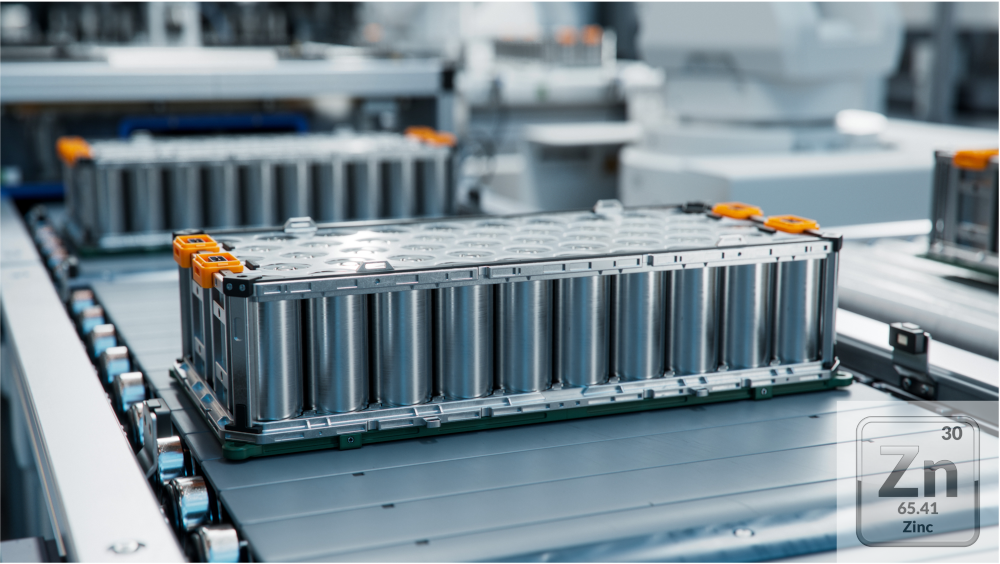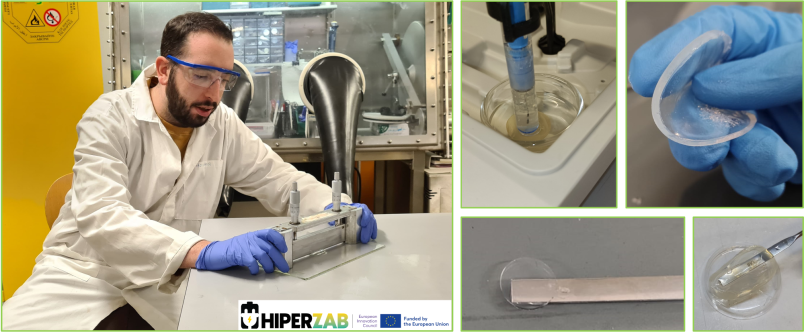
Low-Cost, More Efficient and Eco-friendly Batteries

More efficient, eco-friendly and potentially rechargeable batteries to support Europe’s energy transition and meet the growing need for sustainable and safe energy storage solutions. These are the goals of HIPERZAB, a European project in which a research group from Department of Applied Science and Technology-DISAT at Politecnico di Torino is taking part. The team has already achieved results that are already available for the industry. In fact, companies can already adopt batteries that are less expensive than traditional ones, based on a more innovative and sustainable technology.
While lithium-ion batteries currently dominate the market, academic research is now focusing on the development of next-generation materials capable of storing more energy, such as sodium and metallic lithium, as well as solid-state systems, which are safer and more reliable. Among these, zinc-based batteries stand out as particularly promising for large-scale energy storage. Zinc is at the core of HIPERZAB, which brings together Politecnico di Torino and six other partners. A zinc-based system offers some major advantages: it is less expensive than lithium, more sustainable, and easier to recycle. The initiative’s high potential impact has been recognised by the European Union, which has included it in its Innovation Radar.
Claudio Gerbaldi, Professor of Chemistry and head of the Group for Applied Materials and Electrochemistry (GAME Lab) at DISAT, explains the heart of the project: “We have built on over 20 years of research experience in materials for electrochemical energy storage devices to develop an innovative electrolyte for zinc-air batteries. These are proving to be a highly promising alternative for seasonal storage, designed for applications requiring high energy density, low cost, and long-term performance”. With key collaboration from colleagues at CIC energiGUNE (project coordinators) and CEGASA (world leader in industrial zinc-air batteries and project partner), DISAT has developed a water-based electrolyte by using bioderived materials, resulting in a gel with optimal performance, low cost, and minimal environmental impact.
This initial result could already be used by battery manufacturers for the production of energy storage devices from renewable sources that would be easier to recycle at the end of their life. Compared to lithium-ion batteries, for which no effective or standardised recycling processes currently exist, zinc-air batteries are easier to disassemble for continuous recovery and reuse of their materials.
The next step, currently under development, is to make these batteries rechargeable. This work is being led by Giuseppe Antonio Elia, also a Professor at DISAT, together with Matteo Milanesi, a second-year PhD student. “It is a significant goal that we expect to achieve within the next five years, but it requires solving a series of complex challenges. The greatest limitation at present is the long-term stability of the overall system, which is heavily affected by the tendency of zinc to corrode in highly alkaline environments”, explains Elia.
The opportunity for companies to engage with the project goes beyond using the component already developed by DISAT. There is now a need to start the engineering of the materials for large-scale production. “We are looking for companies that develop bifunctional catalysts for metal-air and/or fuel cells, or that manufacture metallic electrodes,” emphasise Gerbaldi and Elia. “We are also looking for companies willing to invest in increasing the TRL (Technology Readiness Level) and accelerating the path to a market with significant commercial potential.”